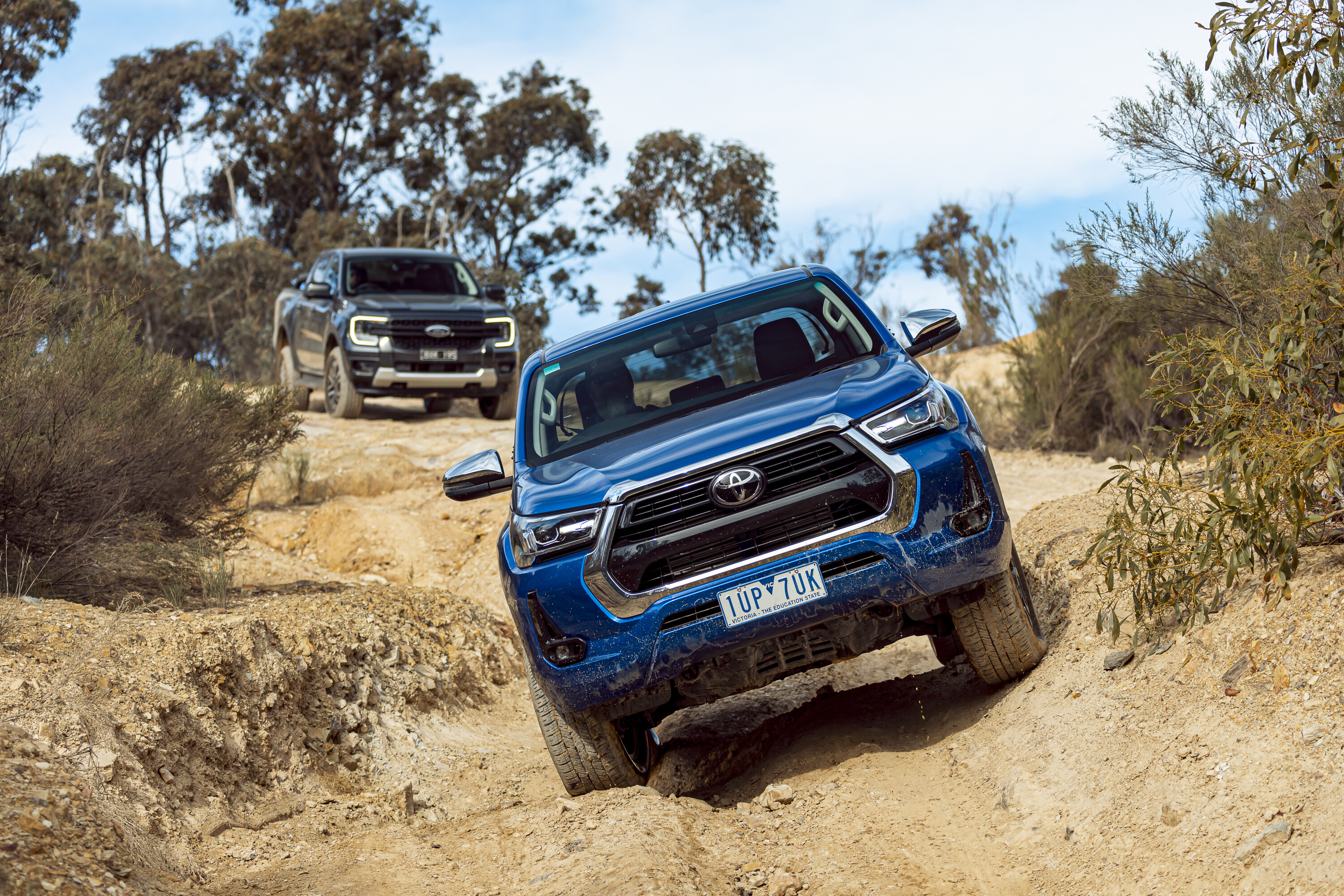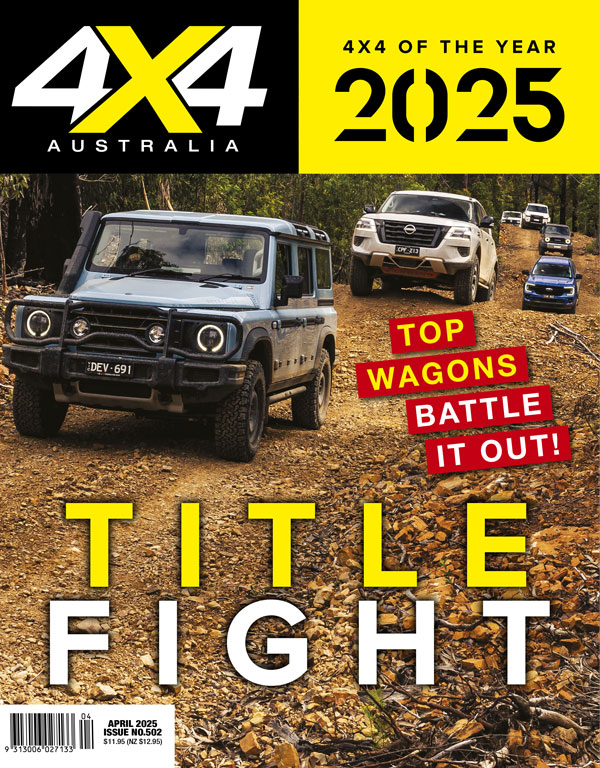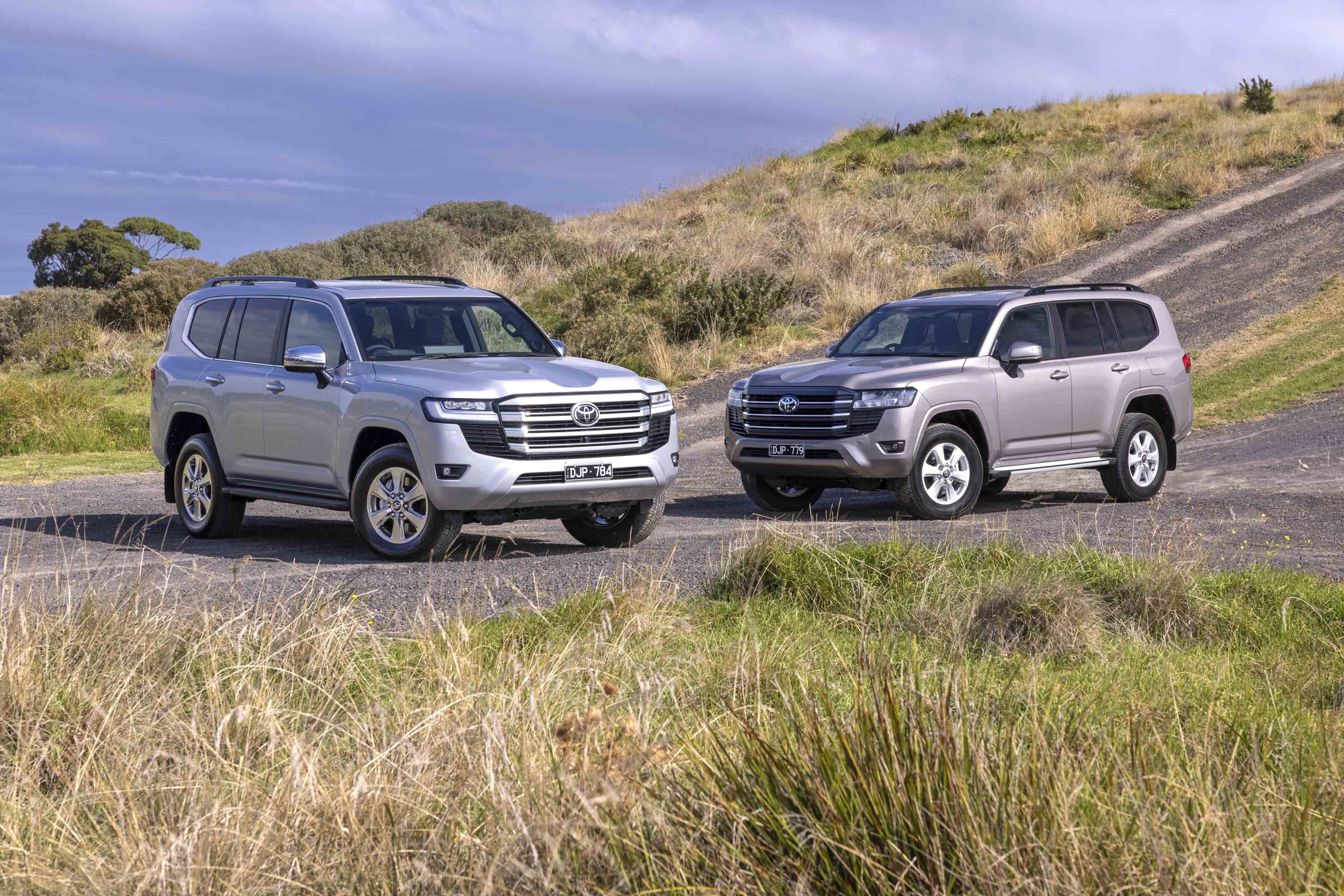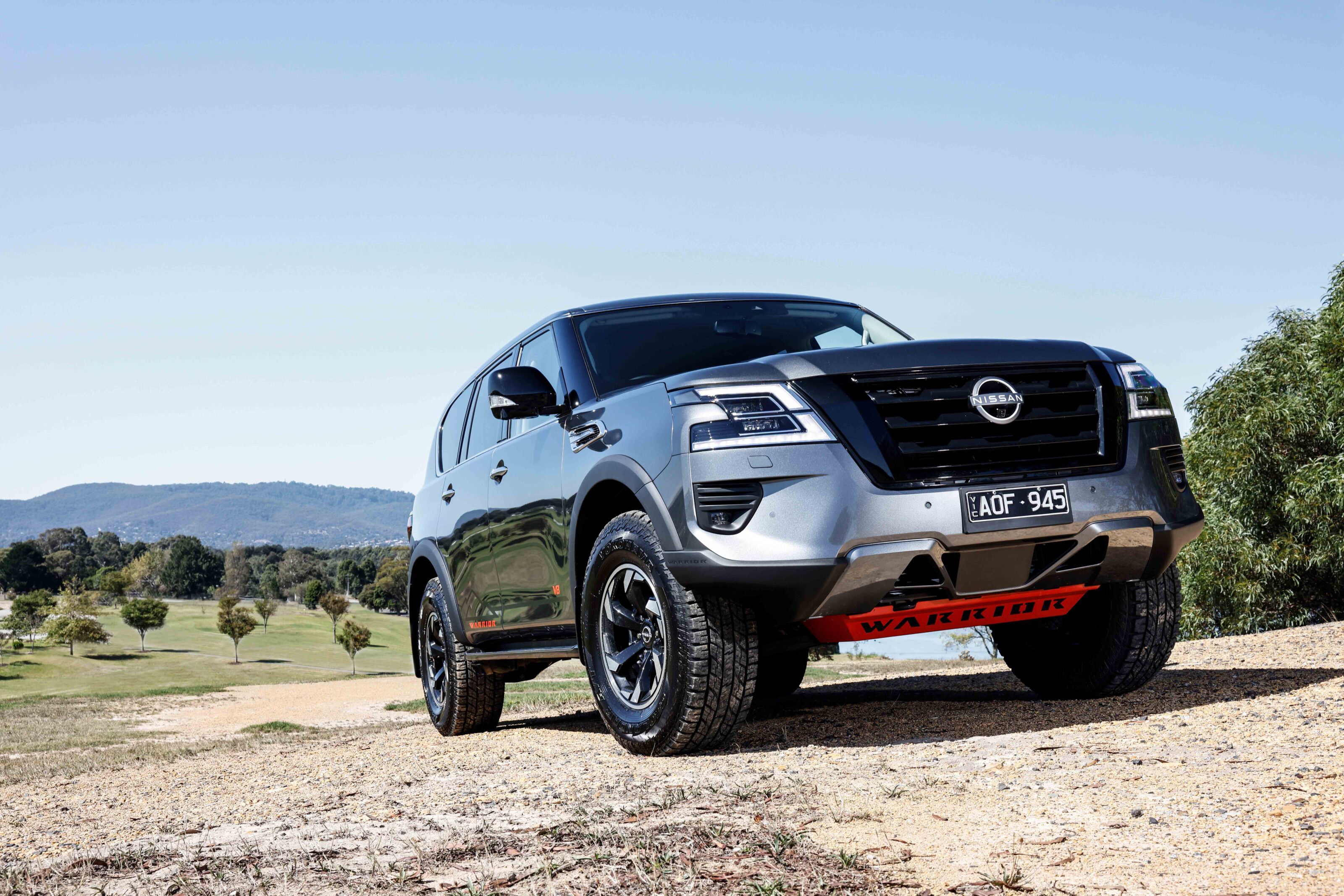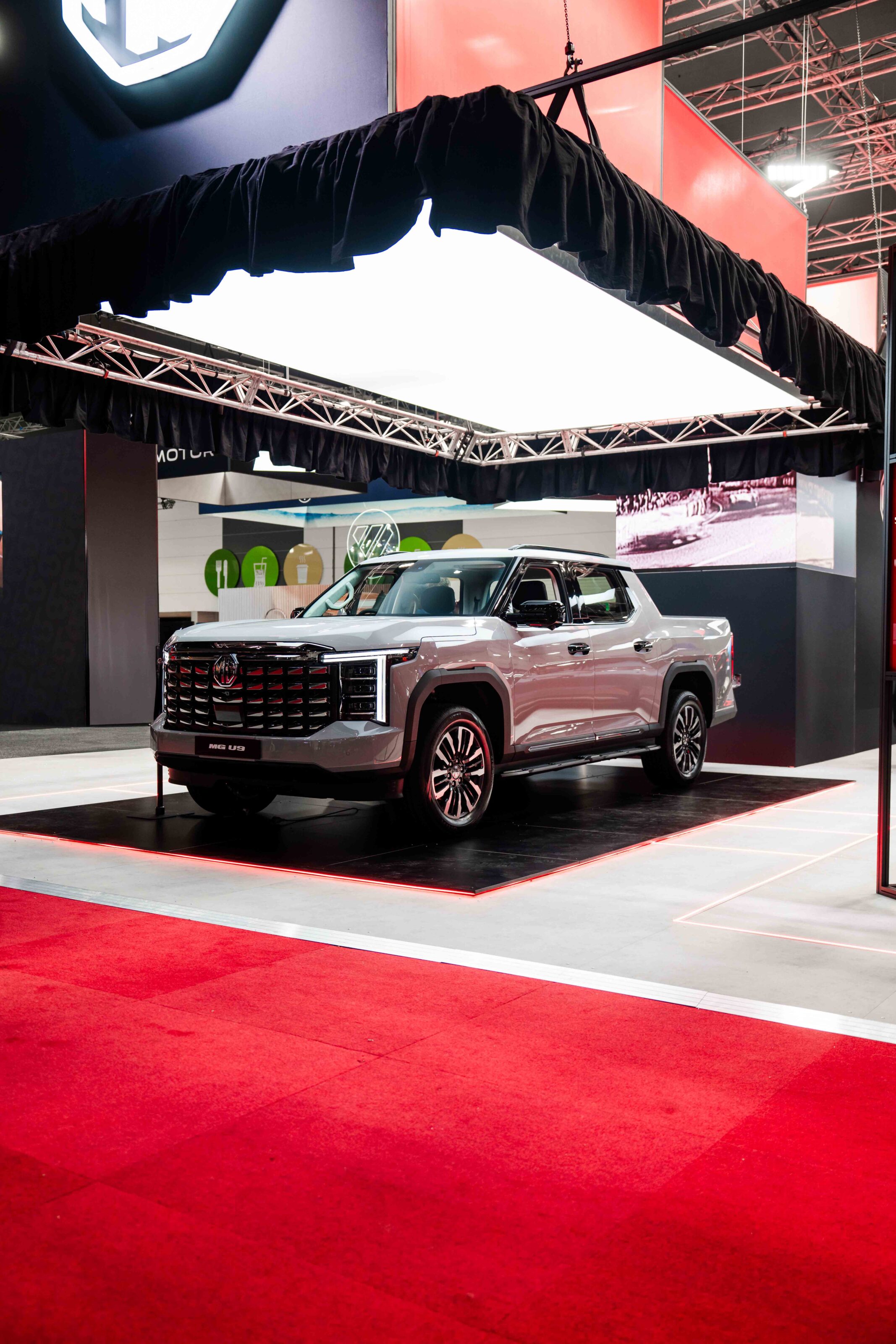VFACTs has released its sales data for the year, with Toyota emerging as the best-selling brand in Australia in 2024.
Led by the RAV4 and venerable HiLux, Toyota was at the forefront of overall sales in 2024, accounting for 241,296 sales or 19.8 per cent of the market. This is an increase of 12.1 per cent compared to 2023, a year which saw the Japanese marque shift 215,240 units.
Toyota’s dominance was followed by Ford with 100,170 sales (8.2 per cent); Mazda with 95,987 sales (7.9 per cent); Kia with 81,787 sales (6.7 per cent); and Mitsubishi with 74,587 sales (6.1 per cent).
In fact, a new record was set in 2024 for the total number of new vehicles sold throughout the calendar year, with 1,220,607 sales representing a growth of 0.3 compared to 2023. However, FCAI Chief Executive, Tony Weber, has indicated there was a concerning sales trend in the second half of the year.
“The second half of the year showed a concerning trend with sales in the Private segment falling to very low levels as interest rates and general cost of living pressures impacted Australian families.”
“Customers are also increasingly making choices regarding environmental outcomes and the associated total cost of ownership of moving to low emissions technologies,” Weber continued. “So, while the sales of battery electric vehicles are lower than expected, this is offset to a degree by an increasing number of buyers turning to hybrid and plug-in hybrid models which make up 14.1 per cent and 1.9 per cent of the total market respectively.
“While overall consumer preferences remain clear with SUVs and Light Commercial vehicles continuing to dominate the market and especially the top ten sales, many vehicles in these segments are either difficult or expensive to decarbonise. This will prove to be a significant challenge in meeting the extremely ambitious targets of the New Vehicle Efficiency Standard (NVES) which began on 1 January 2025.”
On closer inspection, the Hybrid and PHEV segments were alone in registering improved sales in 2024 compared to 2023. A total of 172,696 hybrid vehicles were sold in 2024, up from 98,105 in 2023; and 23,163 PHEVs were sold, up from 11,572 sold in 2023. The EV segment dropped by 14.5 per cent, with only 74,612 total sales in 2024 compared to 87,217 in 2023.
Diesel and petrol sales were also down in 2024 compared to the previous year. Diesel sales dropped from 379,512 in 2023 to 369,842 in 2024; while petrol sales dipped from 588,596 sales in 2023 to 528,978 in 2024.
The SUV segment hoarded the lion’s share of sales in 2024, finishing the year with 695,566 sales in the bank. That’s a massive 57.0 per cent slice of overall sales, and an increase of 1.2 per cent compared to the previous year which saw 679,462 sales registered.
The Light Commercial segment was the next most sought-after, with a total of 270,351 LCVs finding new homes in 2024 (or 22.1 per cent of overall sales). Interestingly though, LCV sales were down in 2024 compared to 2023, where 274,185 sales registered in Australia. Diving a bit deeper in the LCV segment reveals that the PU/CC 4×4 segment accounted for a vast majority of sales (203,176). However, this segment also dipped compared to 2023 (208,716).
Passenger car sales continue to decline, with the segment dropping by 3.8 per cent in 2024 (14,005) compared to 2023 (16,245). This only gives the passenger segment a 14.6 per cent share of the new-car market.


